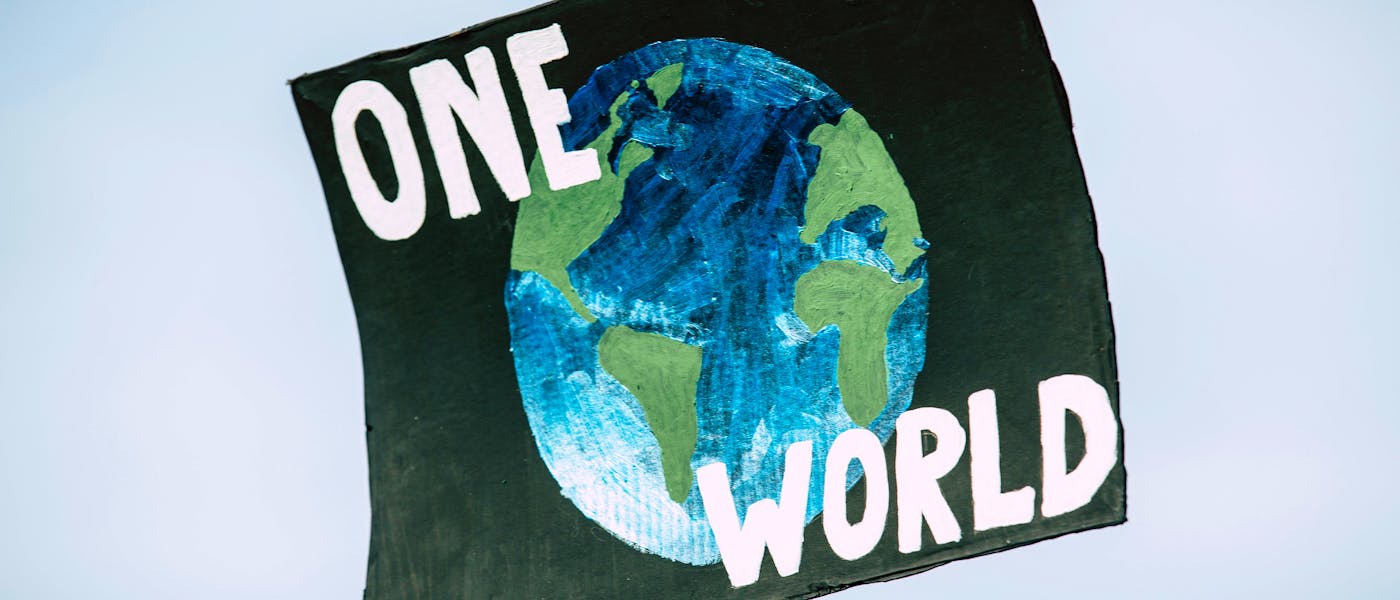Held annually on the last Saturday in March, Earth Hour now sees engagement across 190 countries and, as the climate emergency becomes more pressing with every turn around the sun, the actions have escalated commensurately. It is safe to say that the collective global initiative has, by now, far transcended its inaugural symbolism.

In the past sixteen years, Earth Hour has affected major legislative change. In 2012, for example, pressure from WWF-Russia resulted in a law to better protect the country’s seas from oil pollution. In 2013, WWF-Uganda established the first-ever Earth Hour forest over 2,700 hectares. And in 2016, the campaign led to Spanish citizens holding their government to its Paris Climate Agreement promise to phase out fossil fuels.
All this serves to underline that now is not the time to accept climate doom, but instead to harness the collective power of people. As Earth Hour proves, it works. And the mission today is more urgent than ever. As they explain, ‘In 2007, we encouraged people around the world to switch off their lights to call attention to climate change. More than a decade later, the climate crisis remains, made worse by another urgent threat: the rapid loss of biodiversity and nature.
‘Natural systems are vital for all our futures – and yet, the rate of global loss of nature during the past 50 years is unprecedented in human history. Nature not only provides us food, water, clean air, and other services worth over US$125 trillion a year – it is also one of our strongest allies against the climate crisis.’
So How You Take Part?
Switch Off Your Lights
It really is as simple as that. Whether you spend the hour around a firepit with friends, getting active, organising a group clean-up or connecting with nature, this simple action sends a symbolic message, while also saving energy that would otherwise have been used.Take Part In Or Host An Event
In the run up to Earth Hour, there are a whole host of events you can take part in, happening all around the world. Check the schedule here for what might be going on in your neighbourhood. Can’t find what you’re looking for? Take matters into your own hands and set up your own Earth Hour event. If you’re keen but stuck for ideas, flick through the handbook here for inspiration and examples of past in-person and online activities.Spread The Word
Earth Hour would be nothing if people didn’t know about it. If you’re not in a position to attend or organise an event, just turning your lights off at the appointed moment and spreading the message on social platforms is an excellent way to help the cause. Helpfully, Earth Hour has some marketing materials to make the job super easy, from logos to digital banners to special Earth Hour email signatures. Browse the offerings here.Share Your Stories
Stories are what connect us and give us hope. Share yours here, or just take the time to read others’. This patchwork of tales about nature and optimism is an inspiring way to feel part of a global community that is united in its belief in humanity to do better for our planet.Go Beyond The Hour
Earth Hour is a powerful symbol of our collective might, as evidenced by the positive legislation it has brought about. But we also know that if we are to deal with the emergency the planet is facing, we need to take constructive steps daily. Earth Hour suggests ten tenets that we should all follow for the good of Mother Nature, from eliminating plastic to eating sustainably. Read all about them here.By Nancy Alsop
Updated February 2024





